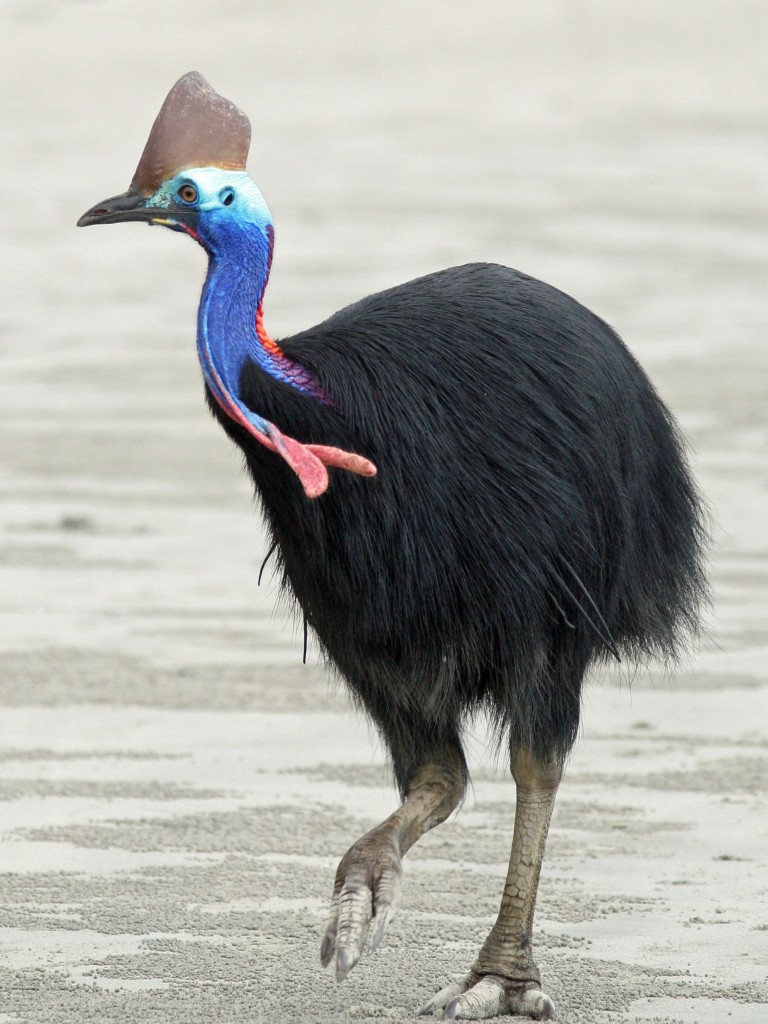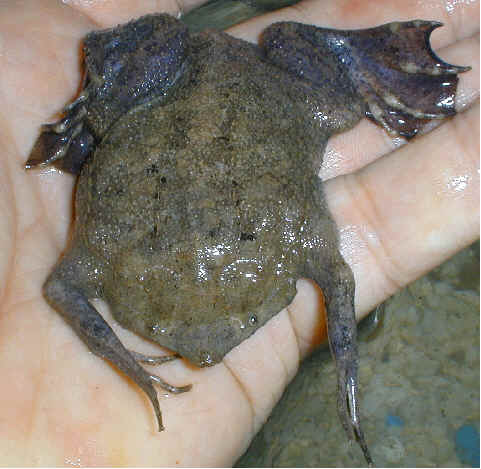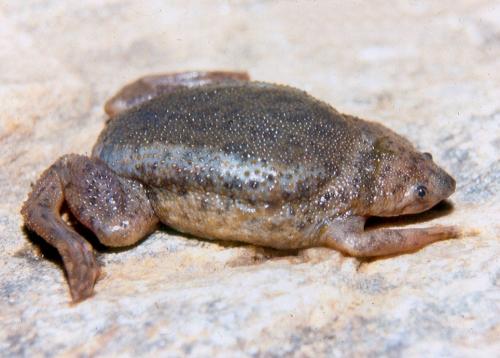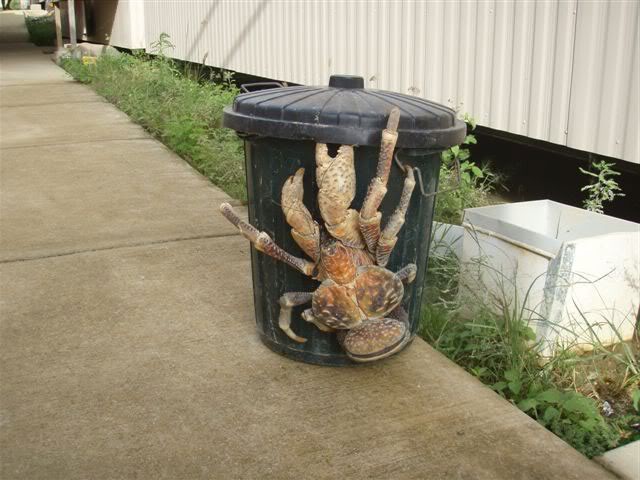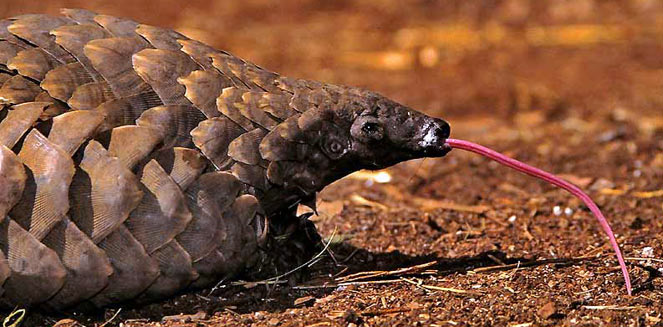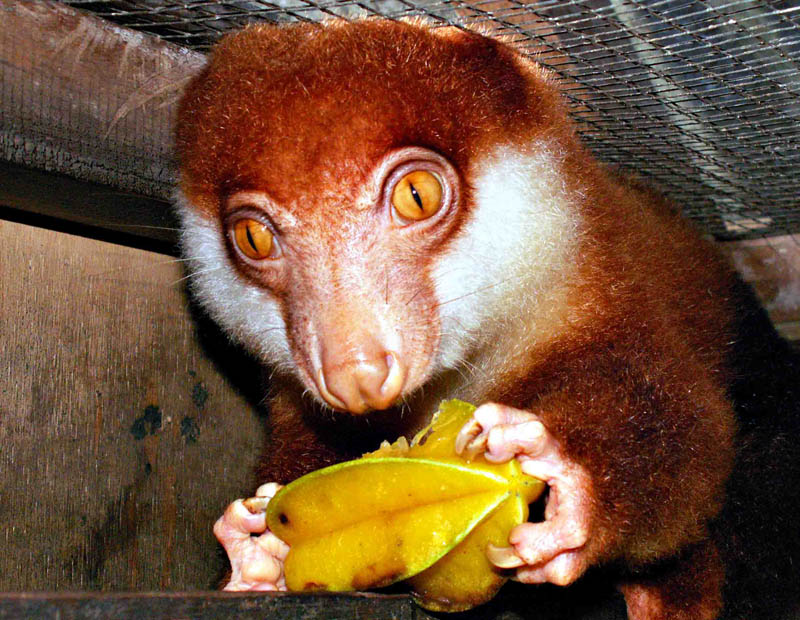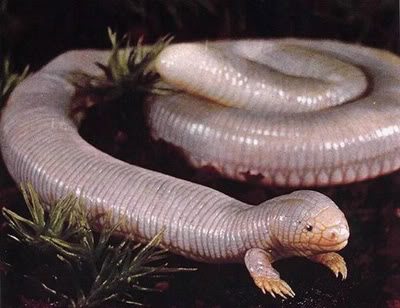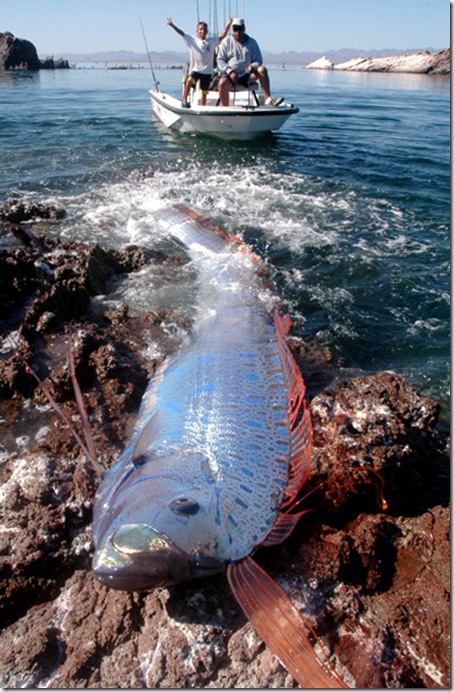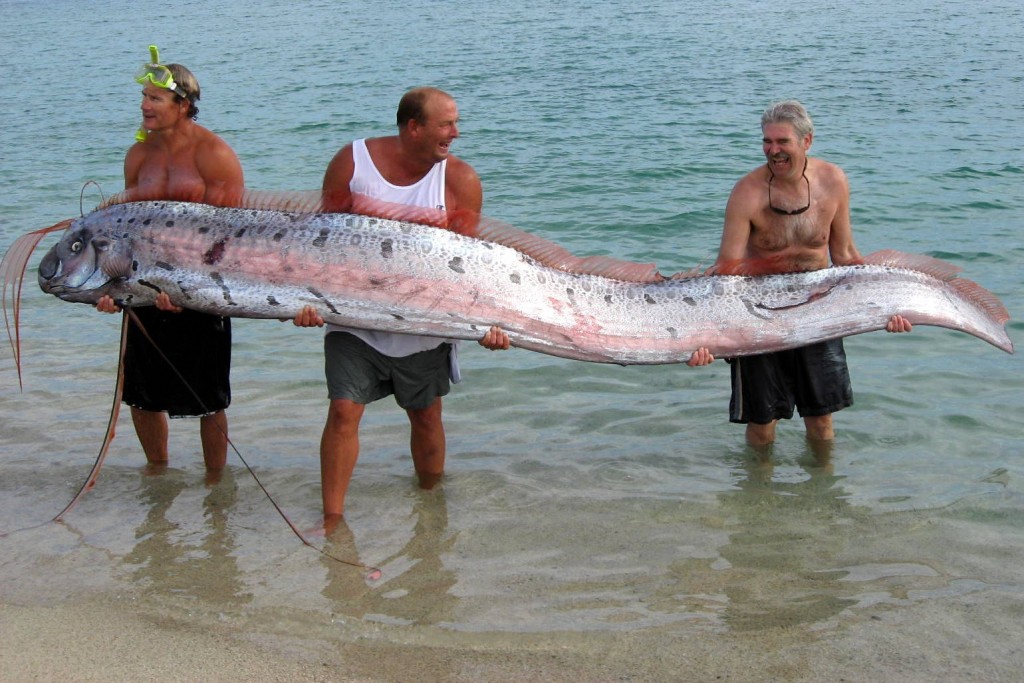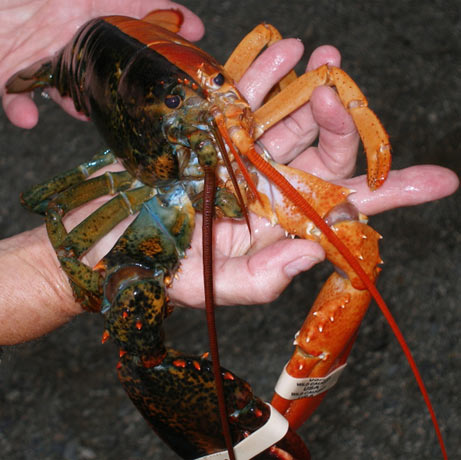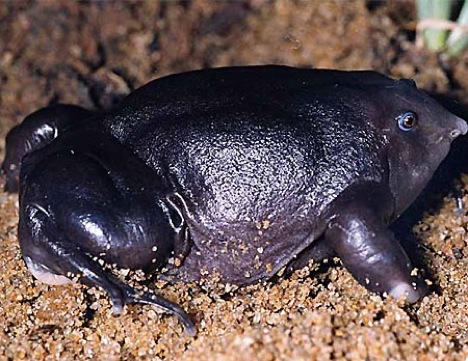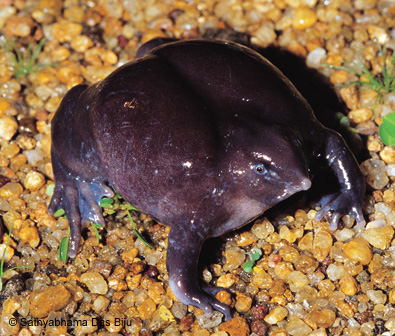Take heed, dear readers and be very wary of the Cassowary. The flightless big bird can’t spell or count, but it will fight you for hardly any reason. It will charge approaching passers-by and if cornered, it will kick and blade you with a dagger-like talon on its inner toe.
When not picking fights, the Cassowary is a shy, omnivorous creature that lives in the tropical forests of northeastern Australia and in New Guinea. Powerful legs take it to speeds of up to 30 mph and the helmet (called a casque) helps it batter through underbrush while chasing after your sorry arse.
